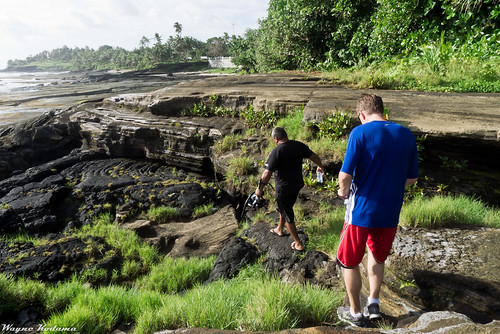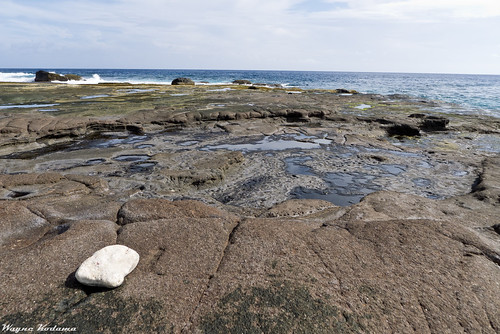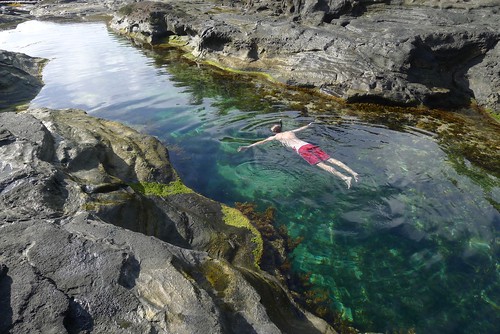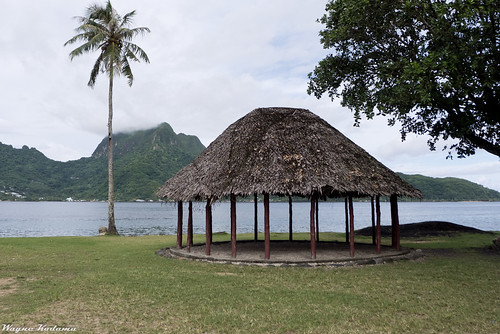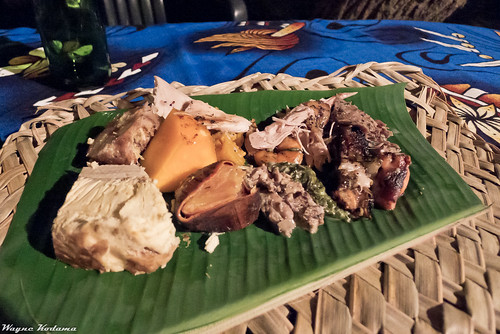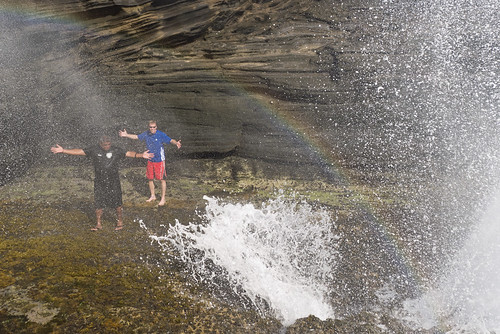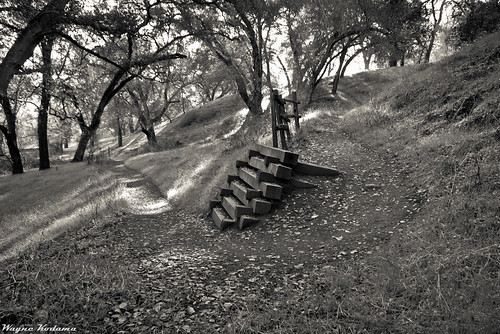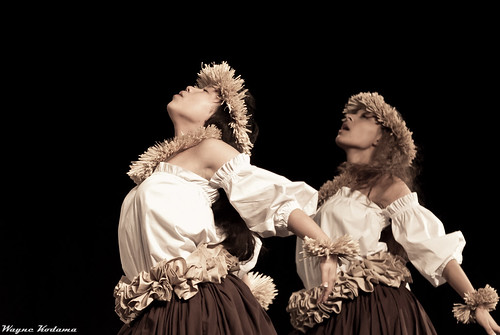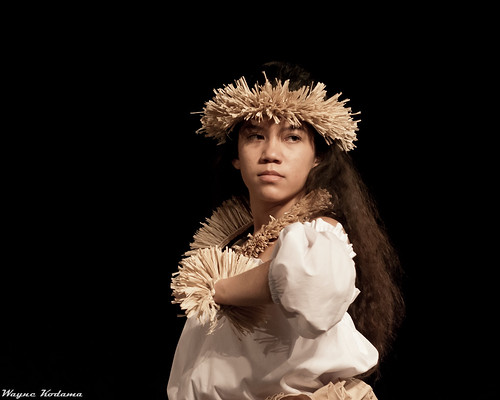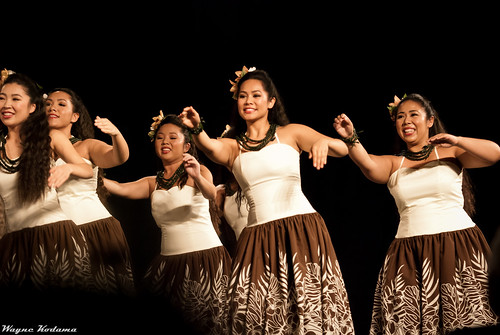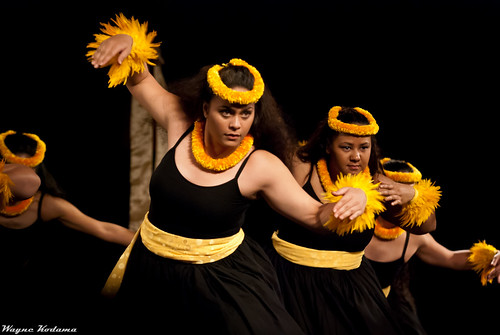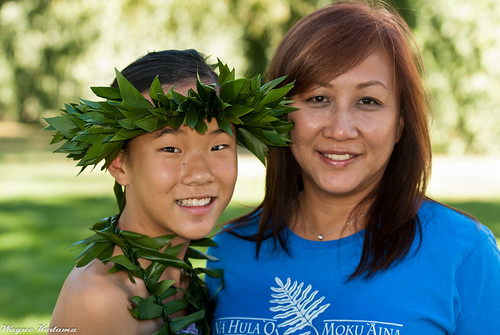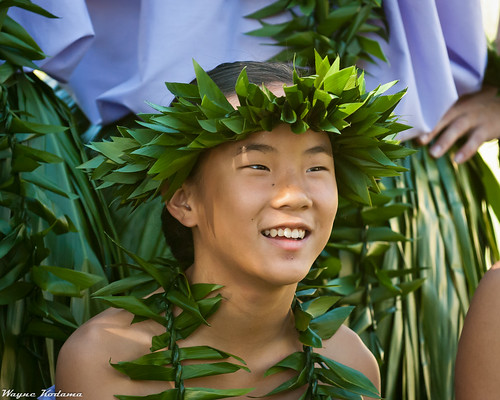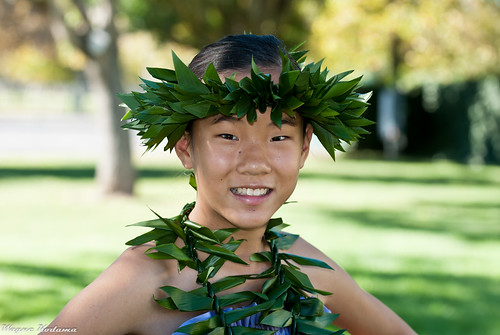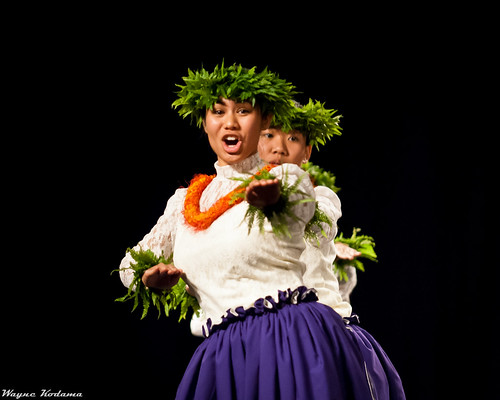I went for an early morning run on the Pleasanton Ridge with my new Panasonic LX5 camera and learned something…I’m out of shape. I also confirmed the LX5 is a wonderful camera for trail running. In the past, I carried my Nikon D80 DSLR and 35mm f/1.8 lens in a Lowe Alpine fanny pack. While this was a very manageable kit for the trails, I found it bit bulky for running, especially when carrying a water bottle and other necessities. I also longed for a wide angle lens for trail runs, but unfortunately Nikon doesn’t make a compact, lightweight, wide angle prime for APS-C “crop-sensor” cameras. My 12-24mm f/4 DX zoom lens is great for hiking, but adds too much bulk and weight to my running kit.
The Panasonic LX5 was on sale for $250, so I decided to purchase one. I wanted a compact “carry around everywhere” camera, but didn’t want an “idiot camera” with no manual controls. The LX5 is like a mini-SLR, offering the photographer a lot of creative control. It includes aperture priority, shutter priority, and manual shooting modes. One can even set the hyper focal distance in manual focus mode, which I didn’t realize was possible on these compact cameras. The LX5 also saves the files in raw format, which provides a lot of creative options in post-processing. I’m not an excessive post-processor, but I do enjoy black and white conversions, and the ability to adjust the saturation, contrast, etc.
The LX5 is an ideal trail running camera. It sports a sharp 24-90mm Leica lens (35mm equiv) and the 24mm is perfect for capturing landscapes on the trails. I also love the compact size and low weight. I am able to fit it into a small Case Logic case, which slides onto the belt of my Nathan water bottle holder. While the Panasonic LX5 won’t replace my digital or film SLR cameras, it’s a great addition to my photography toolbox. It enables “better than cell phone camera” image quality, with the manual controls of an SLR, but without the bulk and weight of an SLR.
Here are a few photos from my run this morning on the Pleasanton Ridge.

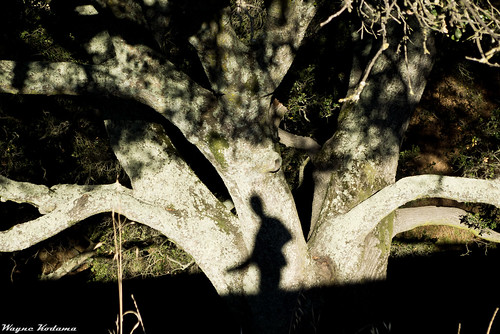
Saturday, November 24, 2012
Trail Running with the Panasonic LX5 Camera
Wednesday, November 21, 2012
American Samoa
I traveled to American Samoa last week for business, my second trip there this year. There are two flights between Honolulu and Pago Pago each week, on Monday and Thursday. For this trip, I flew to Honolulu on a Friday, spent the weekend with family, flew to Pago Pago on Monday, returned to Honolulu on Thursday, spent another weekend with family, and returned to California on Monday. After my time on two tropical islands, returning to the mainland was definitely a challenge spiritually.
The Samoa Islands are located in the South Pacific Ocean in the Polynesian Triangle, a triangle formed by imaginary lines connecting Hawaii, New Zealand, and Easter Island. Within the Polynesian Triangle is the area known as Polynesia ("many islands"), which include New Zealand, Hawaii, Easter Island, Tahiti, Samoa, Fiji, and several other islands. Prior to my visits to American Samoa, I had only been to the Hawaiian Islands. I would, however, like to visit some of the other islands one day.
Growing up in Hawaii, I was exposed to the rich traditions and culture of the Hawaiian people. The Samoan and Hawaiian cultures and languages are very similar. The Hawaiian Mahi Mahi (dolphinfish) is the Samoan Masi Masi. The imu (Hawaiian underground oven) is very similar to the Samoan umu. The imu consists of a hole in the ground, lined with heated stones, whereas with the umu, the stones are put on the ground (instead of in a hole). Nonetheless, the names of the ovens and cooking techniques are very similar. I mentioned to my Samoan hosts how the umu is like an imu and the Samoan foods are very similar to the Hawaiian foods I’m accustomed to. In response, my Samoan friends reminded me…King Kamehameha’s ancestors came from Samoa. So, correction -- the imu is like the umu (and not vice versa).
It’s always a pleasure traveling to American Samoa. If there is a culture where people smile and laugh more than the Samoans, I have yet to meet them. Although I travel there on business, my Samoan “customers” always take time off from work to take me around. On this latest visit, they took me spear fishing. I borrowed a mask, snorkel, fins, and spear, and enjoyed my time poking holes in the coral (or as they say, “making sponges”). The fish didn’t appear afraid of my spear for some reason and in fact, I swear I heard them laughing at me as the spear missed them by a country mile.
Here are a few photos from my trip to American Samoa. I shot these using my new Panasonic LX5 camera.
